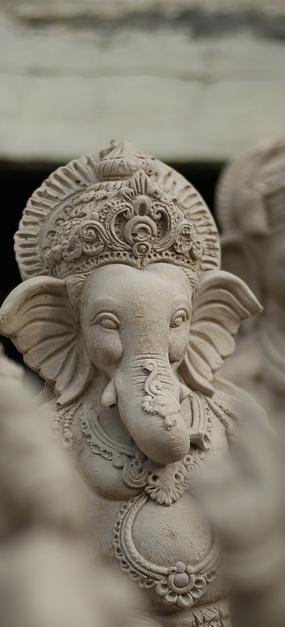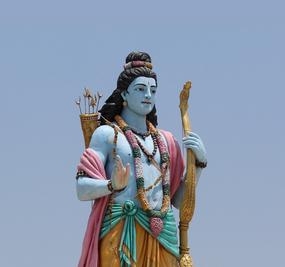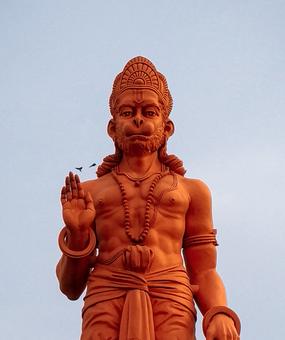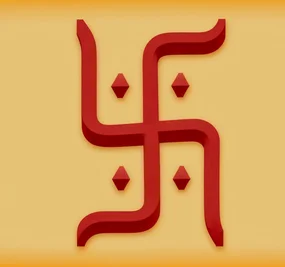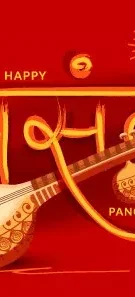Amazing facts about India
In today’s world, travel across the globe is ubiquitous. Of course, it inspires adventure, discovery and excitement. Perhaps akin to the ancestors of yore who conquered many frontiers, unaided by the technology of today. Among our swash-buckling ancestors were those who travelled across the world to two far-flung corners – from a tip in Southeast Asia to the furthest terrains of Central America.
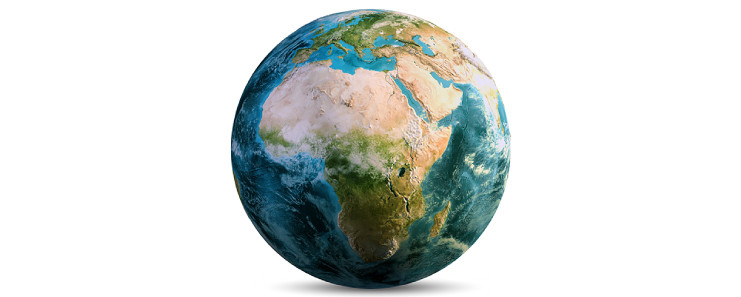
These travels forged a bond between two ancient civilizations which were lost to the world for a long time. Until province propelled deep explorations by future generations. Admiration coupled with a sense of wonder are perhaps just the tip of the iceberg: for how could the traditional way of life in India and the native Central American ways have ever come in contact with each other? A little exploration in this unique cultural connection, clearly leaving a legendary trail in its wake.
Clues from a 11,600-year-old lady
In recent years, a discovery from the Quintana Roo cave of Mexico revealed the intact skeleton of a woman who probably had lived there about 11,600 years ago. Known as the Las Palmas Woman, the skeleton has features which clearly suggest that she is of a South East Asian origin.

According to the communique of The National Institute of Anthropology and History, Mexico, “Her features are similar to those in South East Asia which indicates that the migrations that populated Americas did not come only from northern Asia but also from the central and southern regions.”
Ancient history traces the travel from the Indian subcontinent and South East Asia to the Americas, which seems to have happened over 11,500 years ago. The history of ancient India amply demonstrates that Indians were master navigators with huge ships and they travelled the high seas frequently.
Mankind does to have been interconnected from time immemorial!
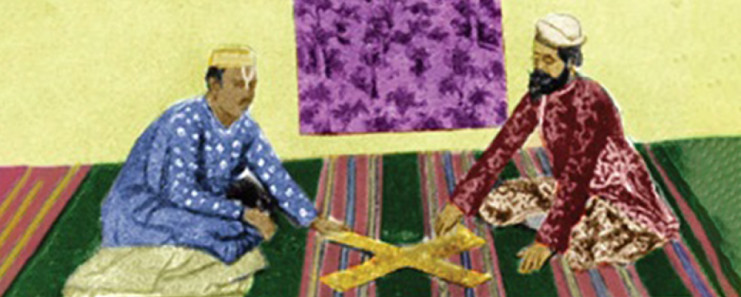
Links from games to language
From temple architecture to board games and fabrics – everyday life seems to have been closely linked.
One of India’s oldest board games – the Pachisi – seems to have an almost similar counterpart in early American civilization – Parcheesi. The people of Mexico enjoy the game till today, the nomenclature has morphed to Patilli.
If we look at the history of ancient India and the Mayans, there is a remarkable similarity in their spindles. The 5000-year-old Indian tradition of weaving fine quality cotton yarns and textiles and the superior weaving skill of the Mayans seem matched.
Many authors such as Gene Matlock, have researched and shown striking similarities between words in the languages of India and Nahuatl, the root language of most ancient American languages. For example:
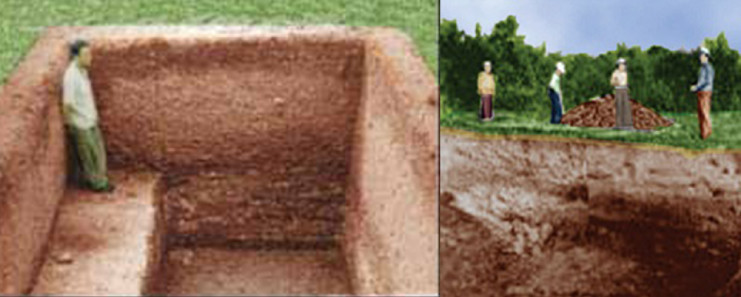
* The very word Nahuatl appears to contain the Sanskrit root word Nav for ship and Navgath for navigation.
* Asthika in local tongue for Aztec, which in Sanskrit means those who believe in the divine.
* Maya for Maya which is also the name for Maya clan in India.
* Anga in local tongue for Inca which means a part of the whole in Sanskrit.
Miles, author of a two-volume book, “Arya Incas”; Gordon Ekholm who did a series of archaeological excavations at numerous Central American sites and Paul Kirchhoff, a German-Mexican anthropologist, all concurred without a doubt: ancient history shows that Indians and South East Asians have a cultural connection and have travelled across the Pacific to ancient America.
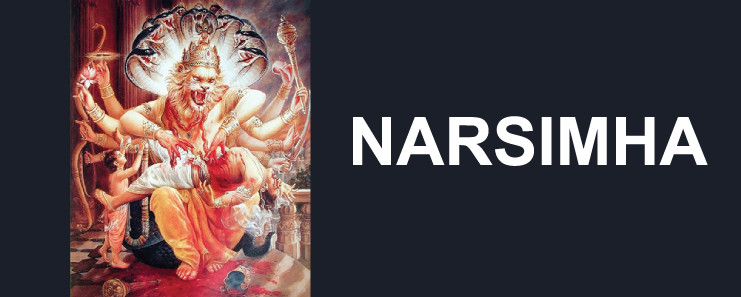
Let’s go deeper into discovering amazing India! This country has a wealth of spiritual and wellness knowledge. Untap some of those secrets and discover your potential with these timeless wisdom nuggets. Know more at The Art of Living Meditation and Breath program.
Yes, even the Gods…
The two cultures also share similar gods. The God of Death in Indian and Mayan cultures were similar. For Indians, Yama is the divinity for death. The Mayan legend do speak of a God of death called ‘Yum Cimil or Aupuch’.
The similarity between the names Yama and Yum Cimil is striking. In the Indian and Mayan legends, Yama and Yum Cimil is not a devil but revered and sculpted on the temple walls. Both the civilizations regarded death not as the end of life but as another milestone in a continuous cycle of births and deaths.
Another similarity is found in the story and depiction of half-man and half-lion in India found in the form of Narasimha. Etymologically, Narasimha can be split as ‘Nara’ meaning man and ‘Simha’ meaning lion.
We see a similar depiction of the half-lion, half-man of Copin in Mayan sculptures too. Yali is another such morphed creature in the sculptures used in the various temples in India. Similar creatures are also seen in the temples’ sculptures of the early Americans.
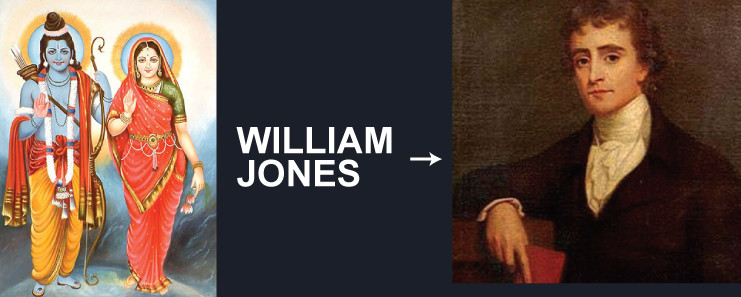
Sir William Jones, who was a Supreme Court Judge under the British East India Company, found in the year 1786, the imprints of the stories of Rama and Sita in the remnants of the Mayan civilization,. His quote which appeared in the Asiatic Researches, Vol 1, Page 426 reads: “Rama is represented as a descendant from the sun, as at the husband of Sita, and the son of a princess named Causelya. It is very remarkable that Peruvians, whose Inces boasted the same descent, styled their greatest festival – Rama-Sitva, whence we may suppose that South America was peopled by the same race who imported into the farthest parts of Asia, the rites and the fabulous history of Rama.”
Places of worship
“The Mayans who travelled from ancient India to ancient Central America were great builders by profession. When they travelled over the seas, the took their skills of building large monuments along with the basic measurement systems because the base measure and the square grid methodology of Vaastu, is common between the structures of India and that of the Mayan civilisation of Central America.”
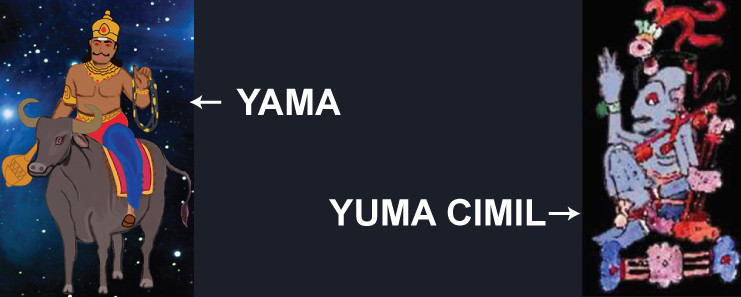
Eugene Emmanuel Viollet le Duc, French architect & art historian of 1800s; known for the restoration of the Notre Dame
But for evidence of a Pacific sea route through Polynesia, Indonesia and other South East Asian Islands taken by the Indians, this would have seemed far-fetched. Accompany this with a close examination of the ancient American temple architecture of the Mayan, Inca and Aztec civilizations and their Indian counterparts – the similarities are there for all to see.
The Mayan grid pattern or the Vast Purusha Mandala is one striking feature. The temples of South East Asia and ancient America seem to have been built using a grid pattern, with similar ratios and proportions as has been used in India, right through the land for 5000 years and more and is in use even today.
A symbol which is widely found in temples from both lands is the tortoise. Indians have revered the tortoise and given it a place of pride in their temples. One can also see tortoise sculptures, murals and paintings in Mayan temples. Interestingly, an upturned turtle is the Mayan number for zero.
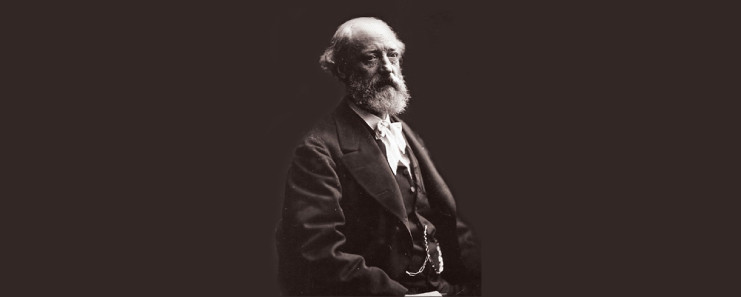
Who knew the ancients forged such close cultural connections!
The material has been sourced from @bharathgyan. This research team, led by a passionate husband-wife duo – Dr. DK Hari and Dr. Hema Hari, unearth some of India’s untold stories and make them contemporary. You can click here to buy any of their books on Indian civilization.



